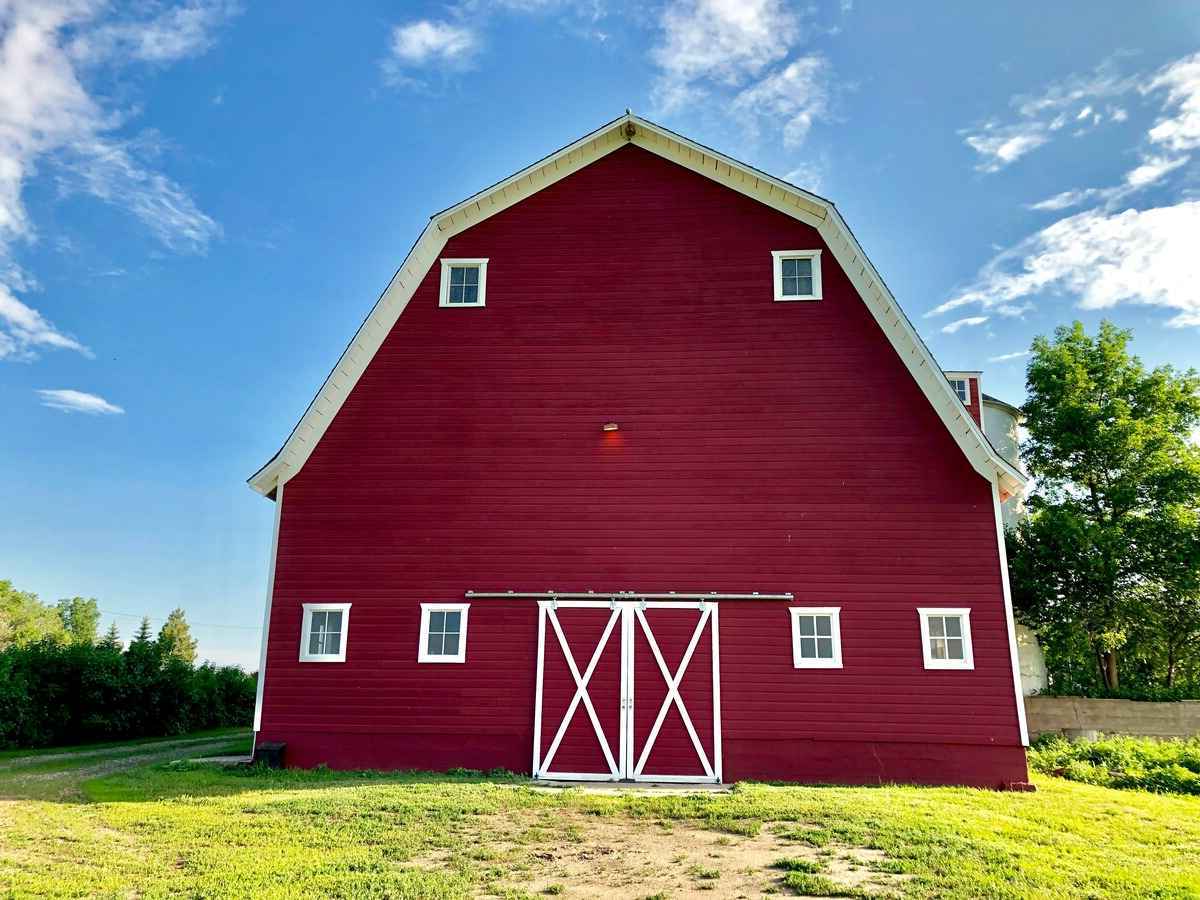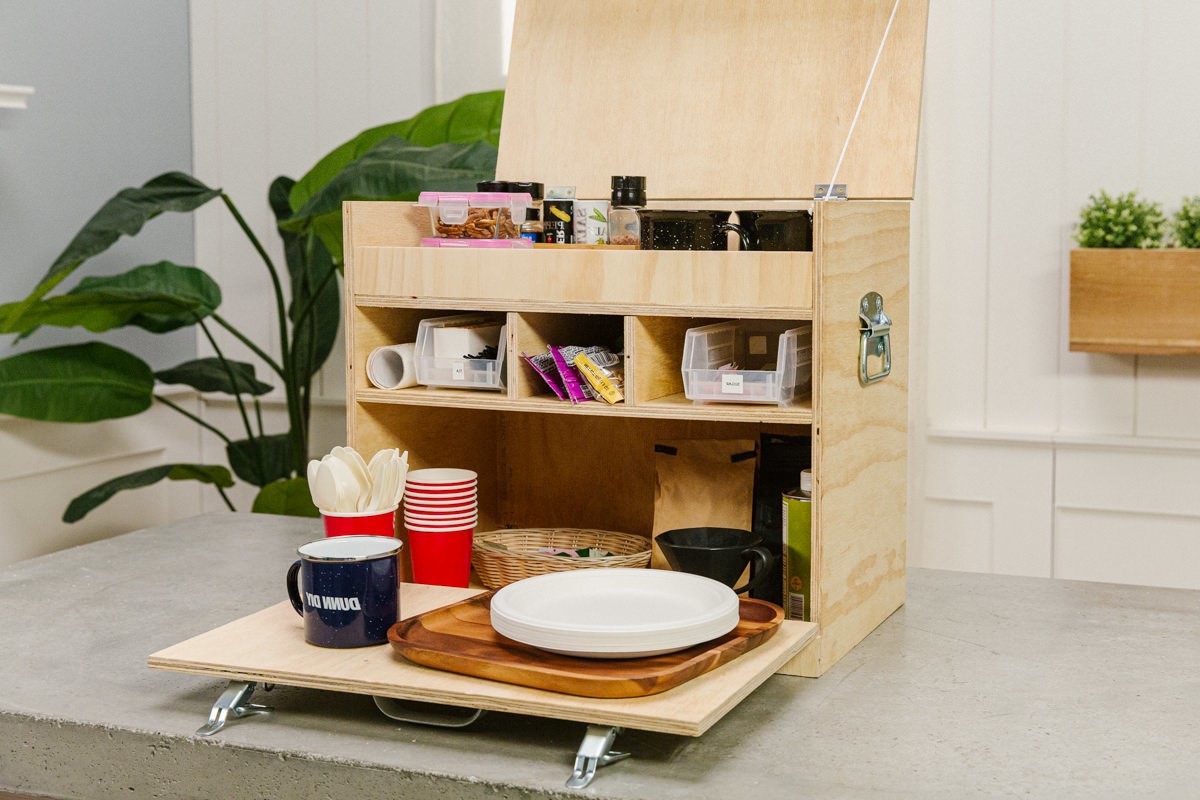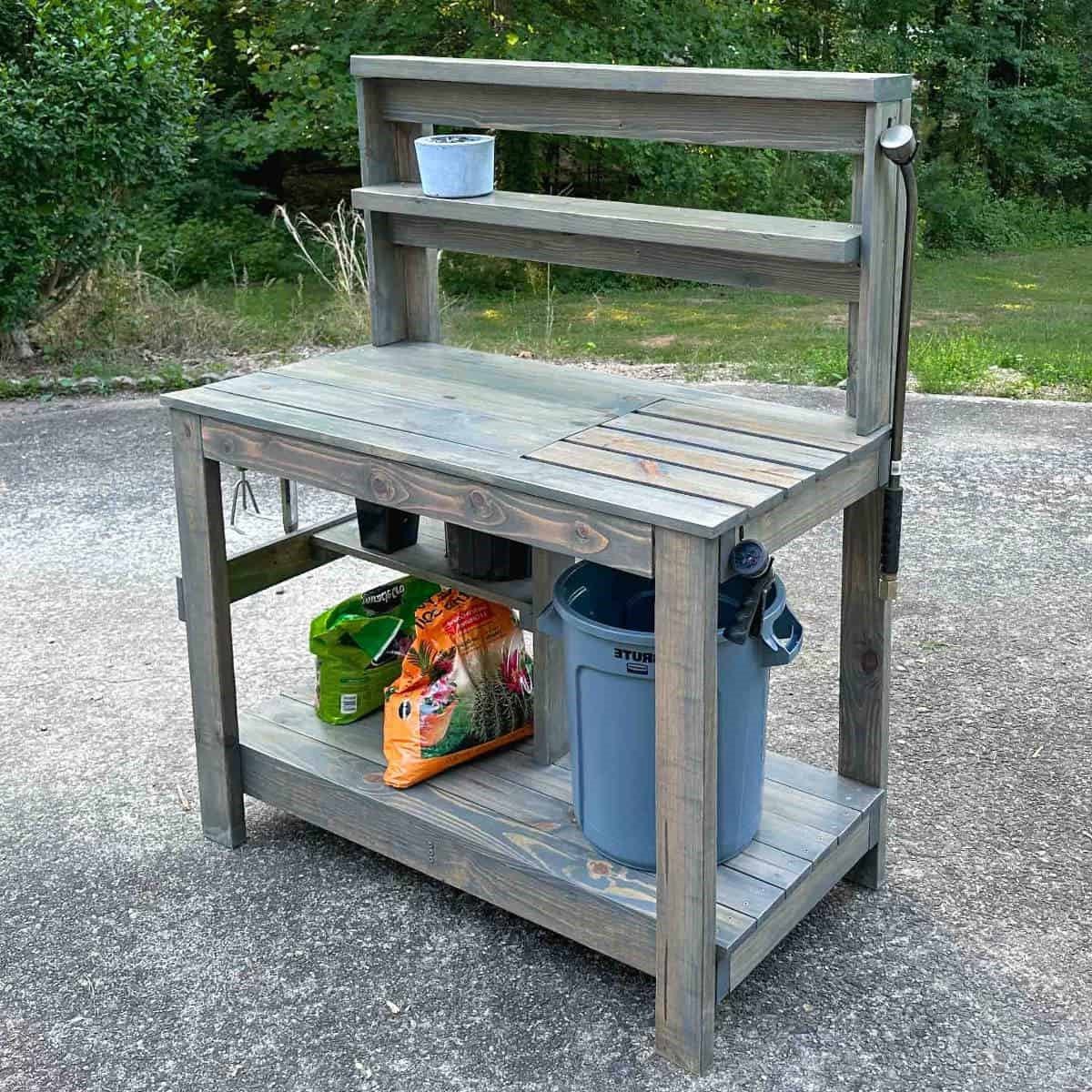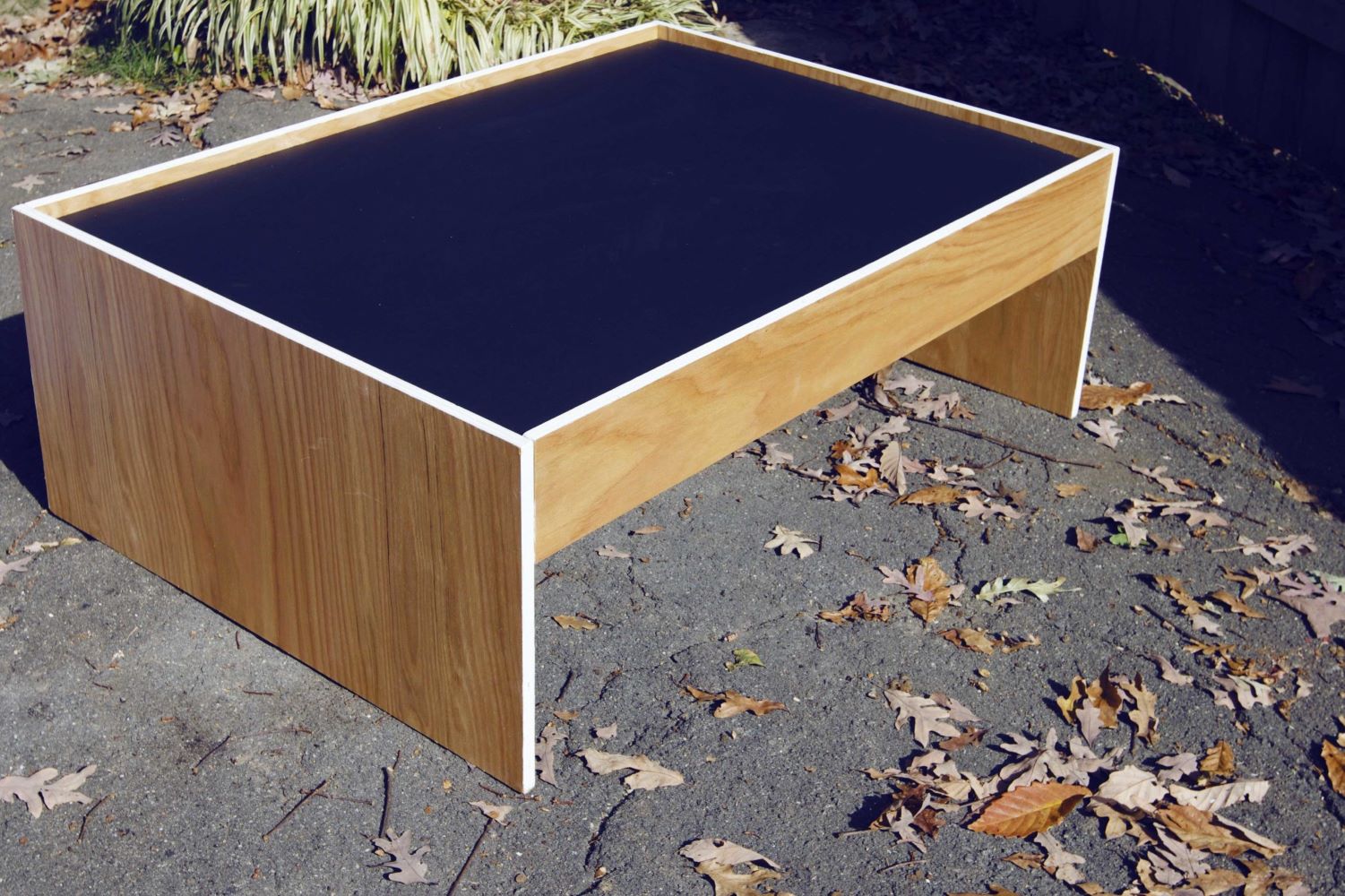Home>Create & Decorate>DIY & Crafts>Easy Chicken Tractor Plans For Your DIY Project
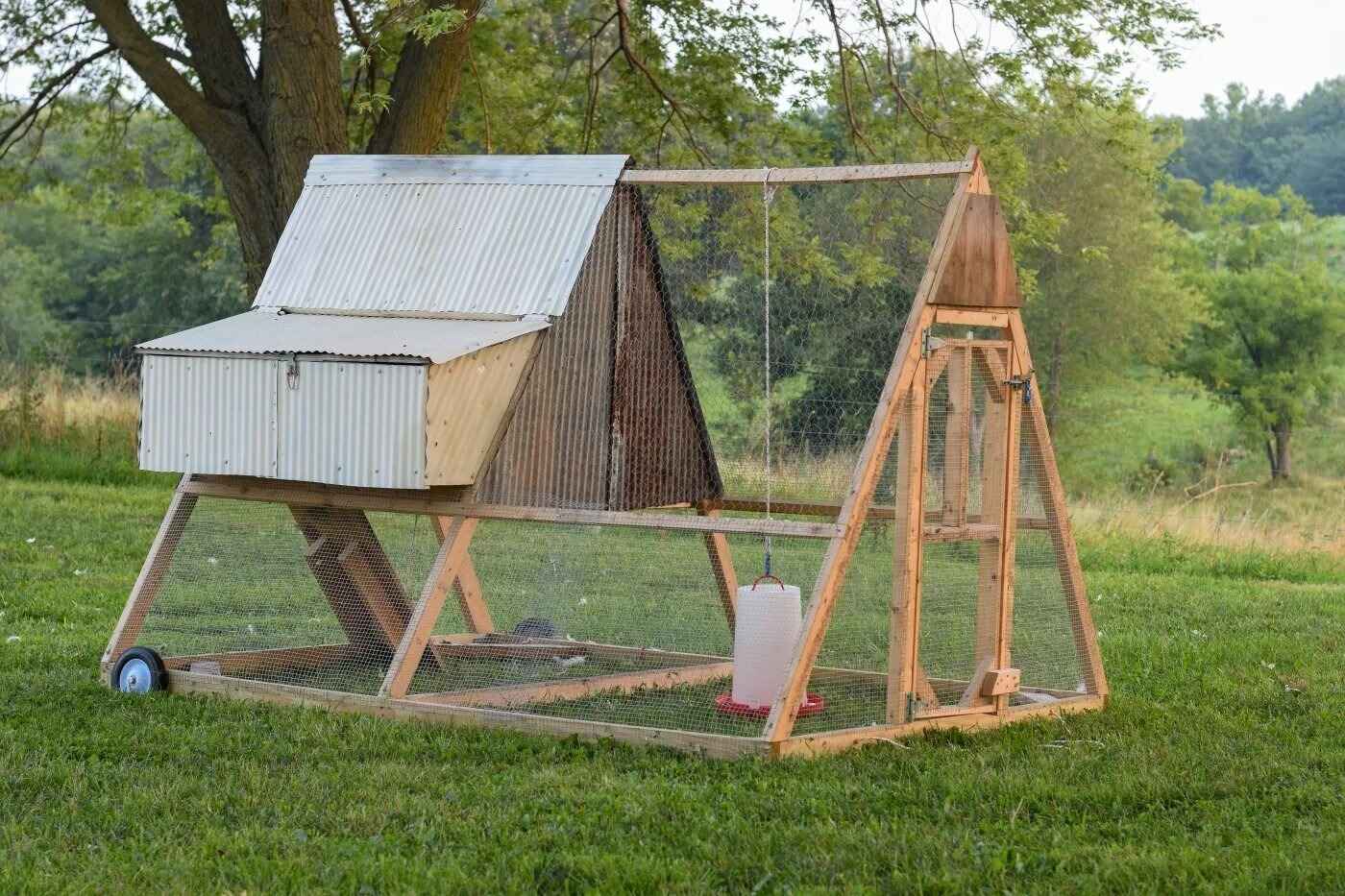

DIY & Crafts
Easy Chicken Tractor Plans For Your DIY Project
Published: April 28, 2024

Senior Editor in Create & Decorate, Kathryn combines traditional craftsmanship with contemporary trends. Her background in textile design and commitment to sustainable crafts inspire both content and community.
Discover easy chicken tractor plans for your DIY project. Get step-by-step instructions and start building your own chicken tractor today! Perfect for DIY & Crafts enthusiasts.
(Many of the links in this article redirect to a specific reviewed product. Your purchase of these products through affiliate links helps to generate commission for Twigandthistle.com, at no extra cost. Learn more)
Introduction
Are you considering raising chickens in your backyard? If so, building a chicken tractor could be the perfect DIY project for you. A chicken tractor is a portable coop that allows your chickens to graze on fresh grass while still being protected from predators. In this article, we will provide you with easy chicken tractor plans that you can follow to create your own. Whether you're a seasoned DIY enthusiast or a beginner, these plans will help you create a functional and efficient chicken tractor for your feathered friends.
Benefits of Using a Chicken Tractor
Using a chicken tractor offers several advantages for both you and your chickens. Here are some of the key benefits:
-
Natural Grazing: A chicken tractor allows your chickens to graze on fresh grass, bugs, and other natural elements. This not only provides them with a more varied and nutritious diet but also helps in reducing your feed costs.
-
Protection from Predators: By confining your chickens within the tractor, you can protect them from potential predators such as foxes, raccoons, and birds of prey. This ensures the safety and well-being of your flock.
-
Fertilization: As the chicken tractor is moved around your yard, the chickens' droppings fertilize the soil, promoting healthier and more vibrant vegetation. This natural fertilization can benefit your garden or yard.
-
Mobility: Unlike traditional stationary coops, a chicken tractor is portable, allowing you to move it to different areas of your yard. This gives your chickens access to fresh forage and helps prevent the ground from becoming barren due to overgrazing.
-
Healthier Chickens: The ability to forage and move around freely in a chicken tractor can contribute to the overall health and well-being of your chickens. They get exercise, sunlight, and a more natural environment, which can lead to happier and healthier birds.
-
Easier Yard Maintenance: The natural fertilization from the chickens can improve the quality of your yard or garden soil. Additionally, the chickens can help control pests and weeds, reducing the need for chemical pesticides and manual weeding.
By utilizing a chicken tractor, you can provide a more natural and enriching environment for your chickens while also reaping the benefits of their natural behaviors for your yard or garden.
Materials Needed for Building a Chicken Tractor
When embarking on the construction of a chicken tractor, it's essential to gather all the necessary materials beforehand. Here's a comprehensive list of the materials you'll need to build your own chicken tractor:
Frame Materials
- Pressure-Treated Lumber: For the main frame and support beams, opt for durable pressure-treated lumber that can withstand outdoor elements.
- Plywood or Exterior-Grade Sheathing: This will be used to create the walls and the roof of the chicken tractor.
- Hardware Cloth: To provide ventilation and protection, you'll need hardware cloth to cover openings in the walls and the coop's run area.
Mobility and Stability
- Wheels: Choose sturdy, weather-resistant wheels that can support the weight of the chicken tractor and allow for easy mobility.
- Axle: You'll need an axle to attach the wheels to the chicken tractor, ensuring smooth movement across your yard.
Read more: How To Install Chicken Wire Fence
Roofing and Covering
- Corrugated Metal Roofing: This durable material will protect the chickens from the elements and provide longevity to the chicken tractor.
- Tarp or Canvas: To create a movable cover for the run area, a tarp or canvas can offer protection from sun and rain.
Hardware and Fasteners
- Screws and Nails: Stock up on exterior-grade screws and nails to assemble the frame, attach the hardware cloth, and secure the roofing materials.
- Hinges and Latches: These will be essential for creating doors and access points for cleaning and collecting eggs.
Additional Accessories
- Chicken Wire: Use chicken wire to create a secure barrier around the run area, preventing predators from accessing the chickens.
- Water and Feed Containers: Provide your chickens with water and feed containers that can be easily accessed and refilled.
- Roosting Bars and Nesting Boxes: If desired, include roosting bars and nesting boxes to accommodate your chickens' natural behaviors.
By gathering these materials, you'll be well-equipped to begin the construction of your chicken tractor. Remember to prioritize the safety and comfort of your chickens while ensuring the durability and functionality of the tractor for years to come.
Step-by-Step Instructions for Building a Chicken Tractor
Building a chicken tractor requires careful planning and precise execution. Follow these step-by-step instructions to construct a functional and secure chicken tractor for your feathered friends.
Read more: How To Build A Chicken Run
1. Design and Measurement
Begin by designing the layout and dimensions of your chicken tractor. Consider the number of chickens it will house and the available space in your yard. Once you have a design in mind, measure and mark the lumber and plywood according to your plan. Ensure accuracy in your measurements to guarantee a well-fitted and sturdy structure.
2. Frame Assembly
Construct the base frame of the chicken tractor using the pressure-treated lumber. Assemble the walls and roof by attaching the plywood or exterior-grade sheathing to the frame. Use exterior-grade screws and nails to secure the components, ensuring stability and durability. Leave openings for windows and ventilation, which will be covered with hardware cloth.
3. Mobility and Wheels
Attach the wheels to the base of the chicken tractor to allow for easy mobility. Secure the axle in place, ensuring that the wheels can support the weight of the tractor and move smoothly across various terrains in your yard.
4. Roofing and Covering
Install the corrugated metal roofing on the top of the tractor to provide protection from the elements. Ensure that the roofing is securely fastened to prevent leaks and damage. Create a movable cover for the run area using a tarp or canvas, providing shade and shelter for the chickens.
5. Access Points and Security
Incorporate doors with hinges and latches to allow easy access for cleaning and egg collection. Use chicken wire to create a secure barrier around the run area, preventing predators from accessing the chickens. Ensure that all openings are covered with hardware cloth to provide ventilation while keeping the chickens safe.
6. Additional Features
Add roosting bars and nesting boxes inside the chicken tractor to accommodate the natural behaviors of the chickens. Install water and feed containers that can be easily accessed and refilled to ensure the chickens' well-being.
7. Final Inspection
Once the construction is complete, thoroughly inspect the chicken tractor for any potential hazards or weaknesses. Ensure that all components are securely fastened and that the tractor provides a safe and comfortable environment for your chickens.
By following these step-by-step instructions, you can build a sturdy and efficient chicken tractor that will provide your chickens with a safe and enriching environment while offering you the flexibility to manage their grazing and foraging activities.
Tips for Maintaining and Using Your Chicken Tractor
Maintaining and using your chicken tractor effectively is essential for the well-being of your chickens and the success of your DIY project. Here are some valuable tips to help you maintain and make the most of your chicken tractor:
Regular Cleaning and Sanitization
Regularly clean the interior of the chicken tractor to remove droppings, feathers, and any leftover feed. Sanitize the surfaces to prevent the buildup of bacteria and parasites. A clean environment will contribute to the health and comfort of your chickens.
Rotational Grazing
Practice rotational grazing by moving the chicken tractor to different areas of your yard. This allows the chickens to access fresh forage while preventing overgrazing and soil depletion. Rotational grazing also helps distribute the natural fertilization from the chickens across your yard.
Monitor for Wear and Tear
Periodically inspect the chicken tractor for any signs of wear and tear. Check for loose fasteners, damaged roofing, or compromised structural integrity. Address any issues promptly to maintain the security and functionality of the tractor.
Predator Protection
Regularly assess the security measures of the chicken tractor to ensure that it effectively protects your chickens from potential predators. Repair any damaged barriers and reinforce vulnerable areas to prevent unauthorized access.
Weather Considerations
Consider the weather conditions when using the chicken tractor. Provide adequate shade during hot days and ensure that the chickens have access to shelter during inclement weather. Secure the covering to protect the chickens from rain and wind.
Health and Nutrition
Monitor the health and nutrition of your chickens while using the tractor. Ensure that they have access to clean water and a balanced diet. Observe their behavior and physical condition to detect any signs of illness or distress.
Seasonal Adjustments
Make seasonal adjustments to the chicken tractor to accommodate changes in weather and daylight hours. During colder months, insulate the tractor and provide additional warmth. In warmer seasons, focus on ventilation and shade.
Training and Observation
Train your chickens to recognize the chicken tractor as their safe and comfortable habitat. Spend time observing their behavior within the tractor to ensure that they are adapting well to the environment.
Collaborative Gardening
If you have a garden, consider using the chicken tractor to collaborate with your chickens in gardening tasks. Move the tractor to areas where you want natural fertilization and pest control, allowing the chickens to contribute to the health of your garden.
Community Engagement
Engage with local community groups or online forums to share your experiences with using a chicken tractor. Learn from others and exchange tips on maintaining and utilizing chicken tractors effectively.
By implementing these tips, you can maintain a healthy and productive environment for your chickens within the chicken tractor. Additionally, you can maximize the benefits of using a chicken tractor for both your chickens and your yard or garden.
Conclusion
In conclusion, building a chicken tractor can be a rewarding and practical DIY project for anyone interested in raising chickens. The benefits of using a chicken tractor, including natural grazing, predator protection, and mobility, make it a valuable addition to any backyard or homestead. By following the easy chicken tractor plans and utilizing the step-by-step instructions provided in this article, you can create a safe and enriching environment for your feathered friends while enjoying the advantages of their natural behaviors for your yard or garden. With proper maintenance and thoughtful usage, a chicken tractor can contribute to the well-being of your chickens and the overall sustainability of your property. Whether you're a novice or experienced DIY enthusiast, building and using a chicken tractor can be a fulfilling and beneficial endeavor.


